The Federal Aviation Administration (FAA) reported on Thursday that a firefighting aircraft was grounded after being struck by a drone while responding to the Palisades Fire near the Pacific Coast. This incident, which occurred on the third day of the wildfire, is under investigation by the FAA.
The fire, which is one of five active wildfires across Los Angeles County, prompted an immediate response from firefighting aircraft. The plane, which landed safely, had been working to combat the flames when a drone struck it. While the aircraft was damaged, there were no reported injuries, and the FAA is now working to determine the cause of the collision.
According to the FAA, interfering with firefighting efforts on public lands is a serious offense, punishable by up to 12 months in prison. The agency also made it clear that no drones, other than those affiliated with the Los Angeles firefighting operations, were authorized to fly in the area.
The FAA has strict regulations in place for temporary flight restrictions during wildfire operations, and it emphasized that drones in these areas without proper authorization could face civil penalties of up to $75,000.
“These violations are taken seriously by the FAA, and swift enforcement action is considered,” the agency said in a statement. “No aircraft, including drones, is allowed to fly in restricted areas unless authorized.”
Firefighting Operations Impacted by Drones
The collision occurred when a Super Scooper plane, known as Quebec 1, was hit by a civilian drone that was not part of the firefighting operations. Fire Department spokesperson Erik Scott confirmed that the plane sustained wing damage and is now grounded, unable to continue its mission. While there were no injuries, the FAA’s warning about drones near wildfires remains significant.
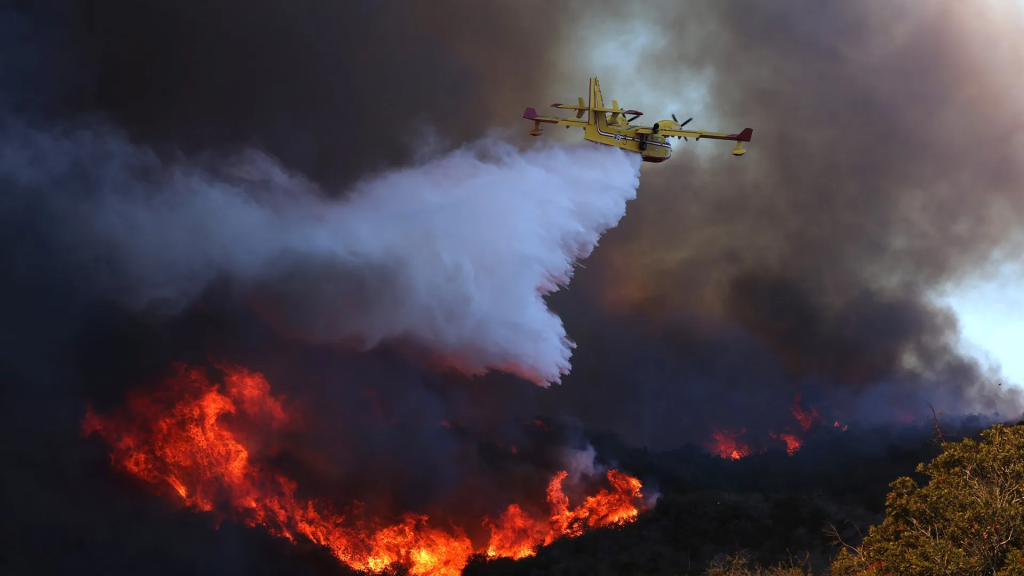
The FAA explained that such interference is not only dangerous but can also delay firefighting efforts, putting both firefighters and local communities at risk. Firefighting aircraft, including Super Scooper planes, are vital to wildfire suppression.
These planes refill their tanks by scooping water from lakes and bays, which is then dropped onto the fire. Any delay or interruption in these operations can lead to an increase in the size and severity of the wildfire.
“Flying drones near a wildfire is dangerous and can cost lives,” the FAA stressed. “Fire response agencies may be forced to ground their aircraft when civilian drones are near a fire. This delay in airborne response can endanger firefighters, residents, and property.”
The Palisades Fire: Growing Threat to Communities
The Palisades Fire started on Tuesday and has already burned nearly 20,000 acres. As of Thursday night, it was only 6% contained, according to Cal Fire reports.
The fire is spreading rapidly around the coastal communities of Santa Monica and Malibu, and firefighters are working hard to bring it under control. The fire’s path has sparked concern among residents, many of whom are in danger of losing their homes or property.
The fire was joined by other wildfires, including the Eaton Fire in Altadena and the Hurst Fire in Sylmar, which broke out shortly after the Palisades Fire. These multiple fires across the Los Angeles region have kept firefighting teams busy, with air and ground operations taking place around the clock.
Drone Issues Across the U.S.
Drone-related incidents, like the one over the Palisades Fire, have been a growing issue nationwide. In the past year, reports of drones flying in restricted areas have caused concerns among both local authorities and federal agencies. In the northeast United States, the FBI received over 5,000 reports of drone sightings. While some of these drones were commercial or law enforcement drones, many were hobbyist drones operating outside of authorized zones.
The FAA and other agencies have responded by increasing surveillance and enforcement efforts to ensure that drones do not interfere with sensitive operations like firefighting and law enforcement. Despite the growing use of drones, there are still concerns about their safety and the potential for accidents, especially in high-risk areas like wildfire zones.
Looking Forward
The FAA and firefighting authorities are taking immediate steps to address the safety risks posed by unauthorized drones. The agency continues to enforce strict regulations to ensure that drones are not flown in areas where they could disrupt critical operations like wildfire suppression. As technology evolves, both drone operators and emergency response teams must work together to minimize risks and ensure public safety.
The Palisades Fire and other ongoing wildfires highlight the importance of safe and coordinated response efforts. Firefighters and emergency responders face immense challenges in battling these blazes, and any disruption, especially from drones, can have dangerous consequences.
Disclaimer: This article has been meticulously fact-checked by our team to ensure accuracy and uphold transparency. We strive to deliver trustworthy and dependable content to our readers.

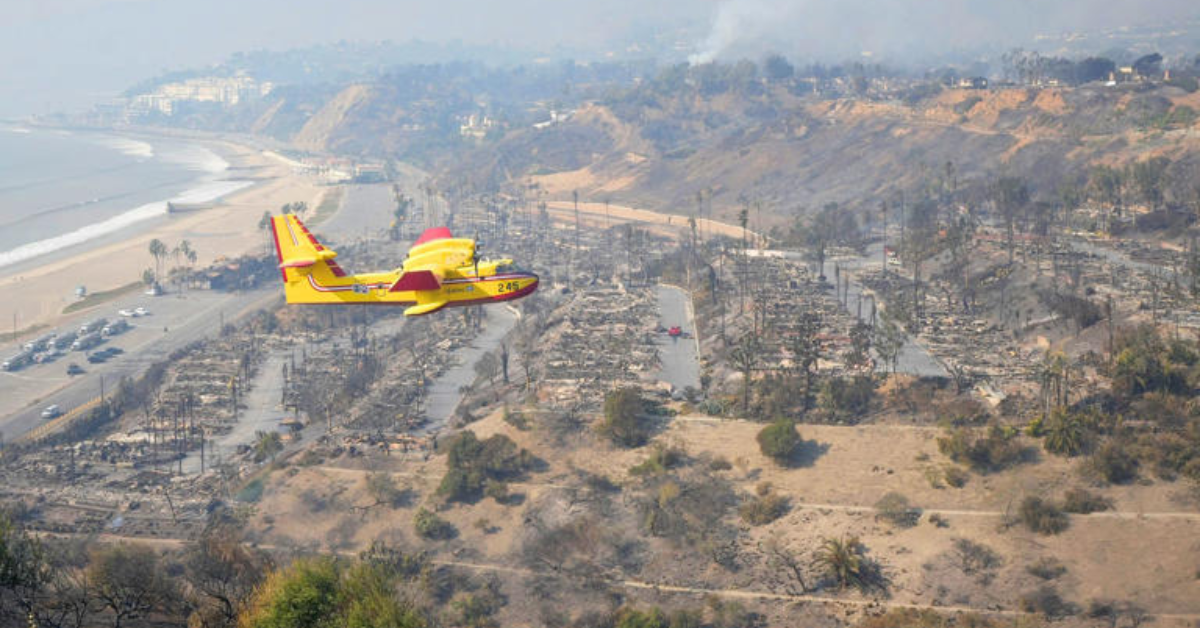
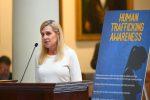

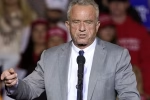
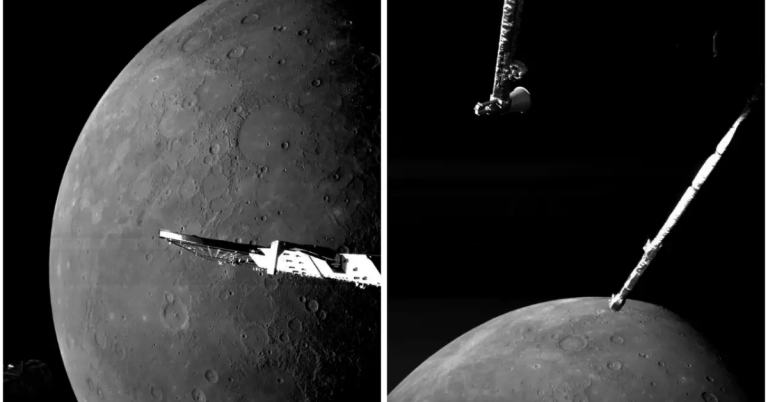

Leave a Comment